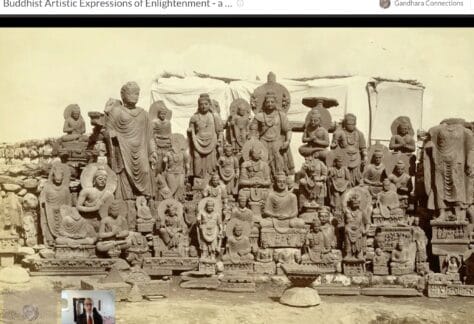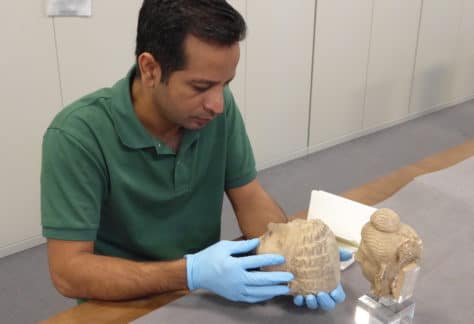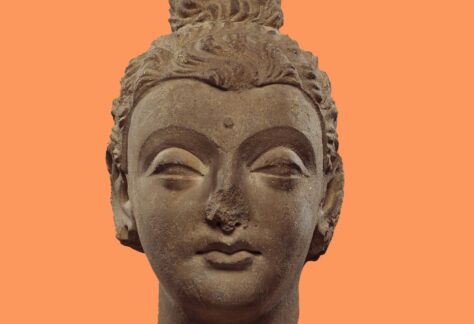2019
Project description
The Bagri Foundation is pleased to be supporting the Classical Art Research Centre in Oxford for their research project into Gandharan Art.
During the first few centuries AD a flourishing production of mainly Buddhist art emerged in Gandhara, an area very roughly corresponding to northern Pakistan, which was at the time part of the Kushan Empire. It is characterized especially by sculptural reliefs used to adorn Buddhist shrines. This art often drew upon and adapted Greek and Roman conventions which had developed several thousand kilometres to the west, in respect to styles, compositions, dress, mythological imagery, and the use of lifelike and expressive figures. There has been intense interest in this archaeological heritage for well over a century. International museums contain thousands of Gandharan artefacts and archaeologists in Pakistan continue to make important new discoveries. But many things about Gandharan art are still only partly understood, including its chronology, the patterns of its production, and its still puzzling links to other regions of the ancient world.
The Gandhara Connections project (2016-2022) is an initiative by the Classical Art Research Centre to pool knowledge and stimulate new insights into Gandharan art and its links to Greece and Rome, thousands of kilometres to the west. The project includes annual workshops, lectures, publications and an online hub with resources on Gandharan art. This project is also supported by the Neil Kreitman Foundation.
Find out more information about the project here.
Organiser’s bio
The Classical Art Research Centre, Oxford University, leads and supports research on ancient art. At its heart is the Beazley Archive, which includes the world’s largest collection of images of ancient figure-decorated pottery.




